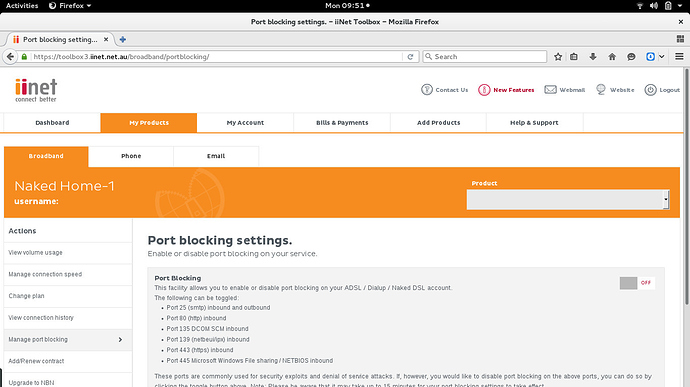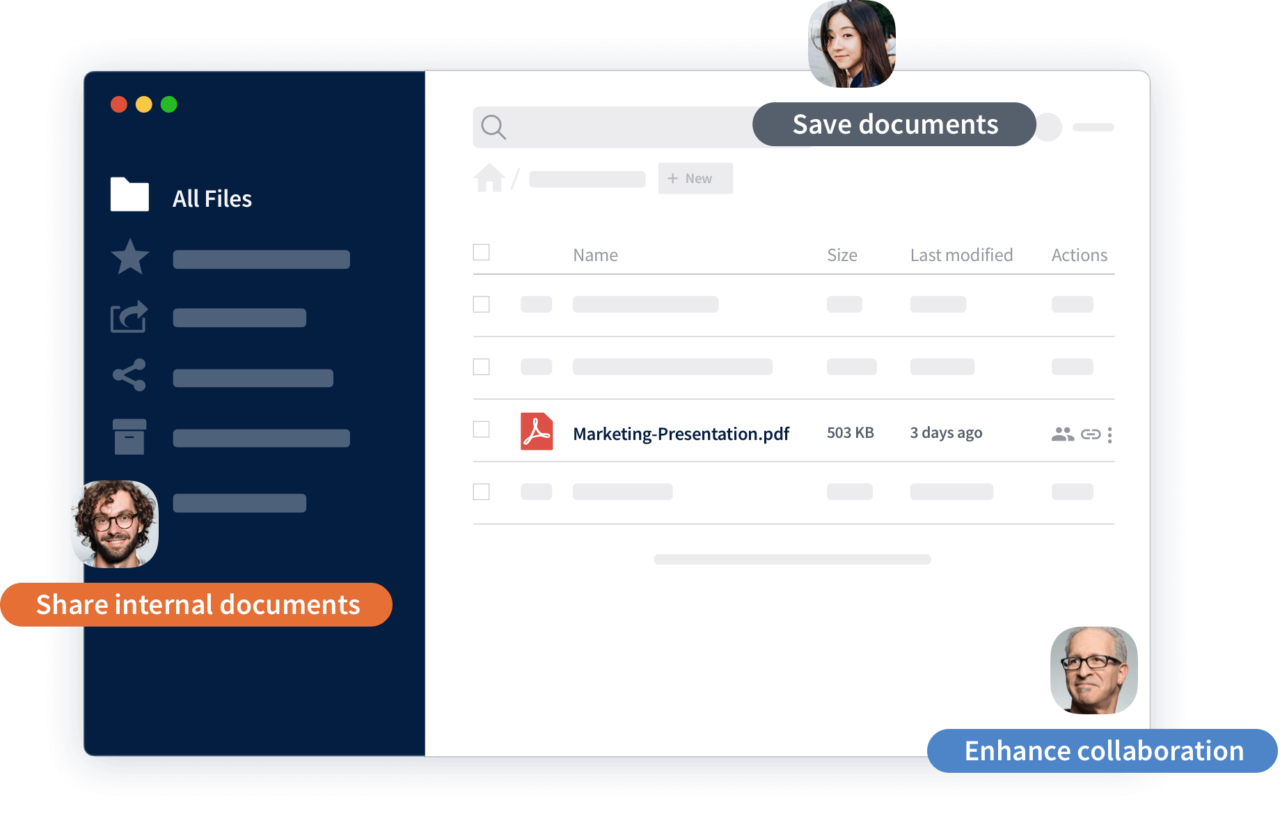

Required information for the registry are: So an update of the registry entries is only needed, when the sync root changes. We do not need to worry about the individual folders that are synced for the account, as all of them are located in the same sync root. Basically, it allows Windows to query who is responsible for this directory. This marks the directory where the account is synced to and associates it with ownCloud. Windows needs one sync root provider per account. The branding-related things (in this case only the client name and the icon location) could be passed through the socket on these rare events. the integration into the navigation paneĪll of this is done through the registry, and requires updates only when sync roots change or the client is uninstalled.a sync root provider for every owncloud account.Unfortunately, I cannot allocate time to help out on this one. Another advantage of favorites is that the correct path appears in the address bar, while a Navigation Pane namespace creates hides the path on disk and shows itself as a logical root. So unless you see other benefits than having an icon to adding ownCloud to the root level of the Navigation Pane, I think we should stick with favorite links. This works well, we can have one icon for every sync root and the users can edit them as they wish. This is what I'm currently going for in #2446. Just keep using Quick Access folders like we already do This means that the root folder would be empty when the client is not running, unlike Dropbox or OneDrive namespaces which still work perfectly fine when their sync client isn't running.

The problem is that we'd probably put this in the same DLLs as the overlay icons and context menu extensions, and this means that the only way to fetch the list of root folder would be through the SocketAPI (since it's the same binary for every branding). This could be a nice solution if it's possible to create a shell extension to handle only the root folder, allowing us to delegate to regular Shell Instance Objects for each sync root. Implement a custom Shell Namespace Extensions to show a tree of accounts/folders registered This would make it easier and would be fine for most users but would be an incomplete solution and still not trivial to implement and maintain. Only add the first folder connection as a namespace

The only way it seems to be possible is by editing the registry so we'd need to somehow allow the user to customize this through the client's interface


 0 kommentar(er)
0 kommentar(er)
